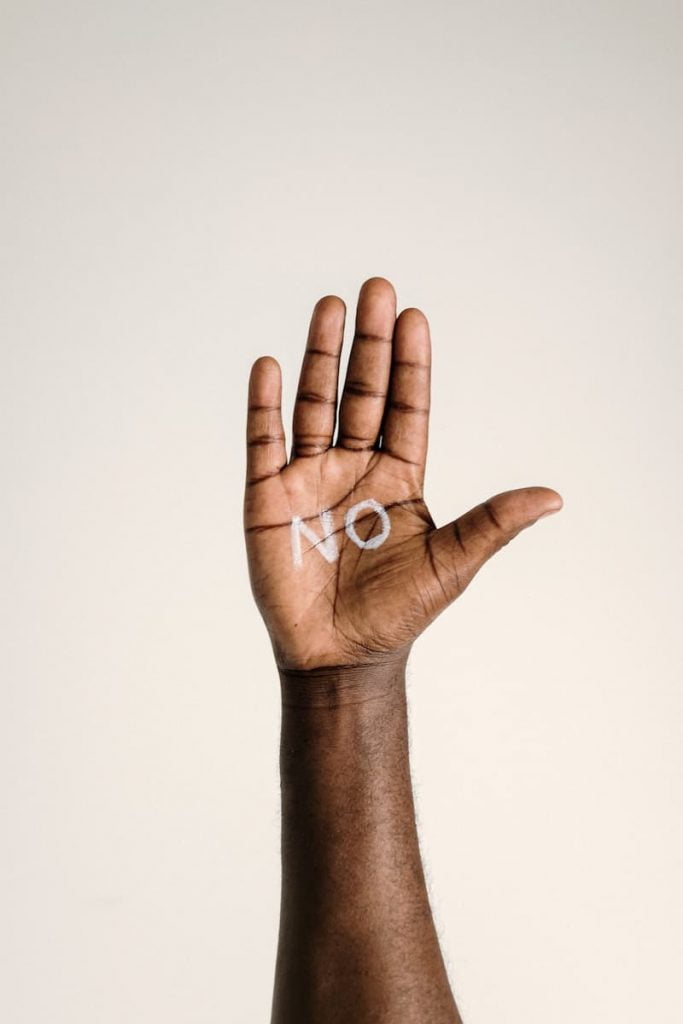Consent
What is consent and why is it important?
Consent is an agreement between two or more people to for example engage in an interaction, such as hugging, touching, staring, making conversation or taking someone’s photo. Actively checking for consent is a great way to help people to feel more safe. Not doing so can create unsafe experiences.
How do I give or check for consent?
Consent is about communication. Ask questions and pay attention to someone’s body language and facial expression. Look for enthusiasm. If you are not 100% sure that there is consent, assume that right now there is not. This means that no response, “maybe”, “I guess”, or “I don’t know” all mean “no”. Example: if you want to hug someone, you might open your arms slightly and wait for them to approach you. Or simply ask: “Would you like to hug?” and wait for a clear yes!
Maintaining consent
Be aware that you can change your mind at any moment. Honor yourself and the other person by communicating that. Respect it when someone else does. Check actively and regularly if everyone is still consenting. A good question to regularly ask yourself and the other person is: “Are you still ok with this?” It’s also great to say: “Please tell me whenever you want something different.”
Make sure it’s clear what someone is consenting to. Someone might be super excited about hugging you, but that doesn’t mean they want your hands on their legs. They might enjoy a hug from you now, but that doesn’t automatically mean they want to hug you the next time. Keep always checking. They might be super excited about sleeping in the same bed as you, but that doesn’t mean they want sex. Be aware and respect that.
Dealing with “No”
Receiving a “no” (meaning not receiving a “yes”) might trigger an emotional response in you. That’s OK. Don’t pursue a change or explanation. A great way to respond to a “no” is by thanking the other person for their honesty and capability to express their boundaries. Don’t make it about you and respect their process and their privacy. This is an opportunity for you to support the other person in feeling safer.
Expressing your “no” is not always easy. By doing so, you’re saying “yes” to yourself. You never owe someone else a “yes”, nor do you owe anyone an explanation. Some examples of how to express your “no” are:
- No
- No, thank you
- I don’t want that right now
- I’m not comfortable with that
- I’m not in the mood for that
- Maybe later
- That sounds awesome, but I’m really not in the mood for it
- I don’t want to do that, but I do feel like…
- I’d like to take a moment to think about it

Power differences
Extra care is required when a power difference between people exists, which could be the case between those working or offering an activity and other participants. VANI has a dedicated set of guidelines for interactions between team members and participants.
Support during or after a workshop
Had an experience you want to reflect on or need help with? Have questions about consent? Depending on which VANI event you’re attending, there are various ways to reach out for support. Please use them if you feel you could benefit from it. You could reach out to the Emotional Support Team, which can offer a listening ear without judgement (and fully confidential). At all times feel free to reach out to any team member any time.
credit Nibana